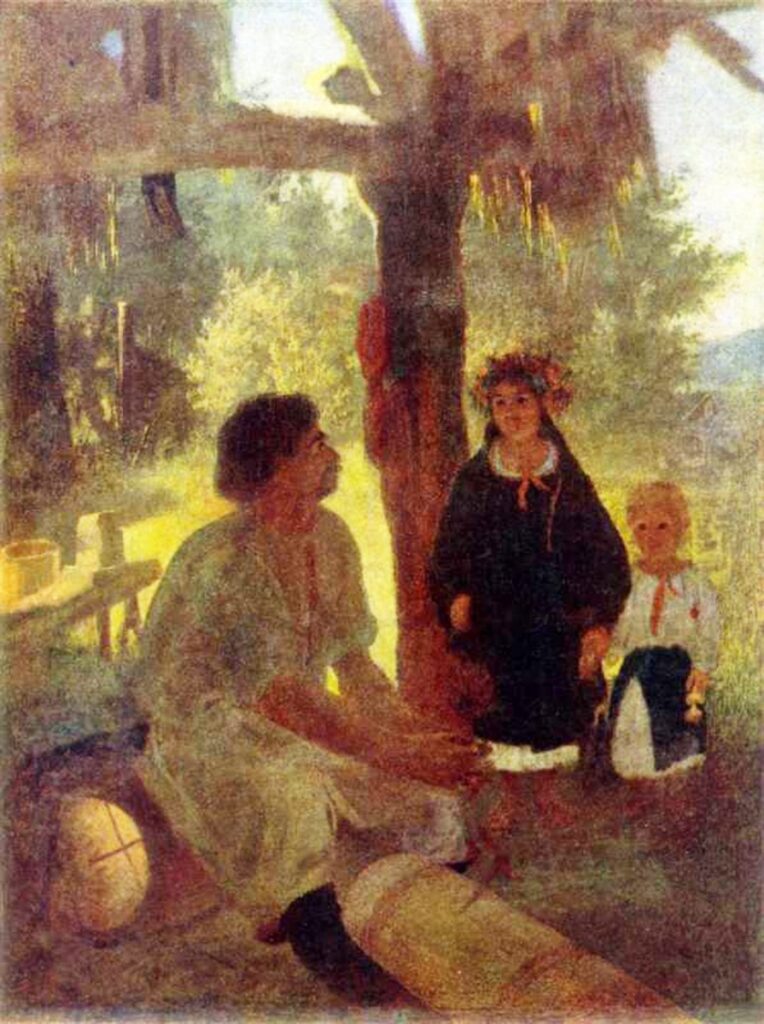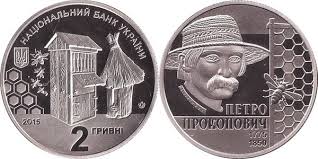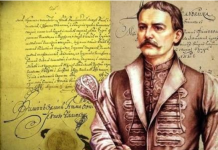“We all depend on the survival of bees,” – states the United Nations explaining the reason for designating May 20 as World’s Bee Day. “Bees and other pollinators, such as butterflies, bats and hummingbirds, are increasingly under threat from human activities. Pollination is, however, a fundamental process for the survival of our ecosystems. Nearly 90% of the world’s wild flowering plant species depend, entirely, or at least in part, on animal pollination, along with more than 75% of the world’s food crops and 35% of global agricultural land. Not only do pollinators contribute directly to food security, but they are key to conserving biodiversity. To raise awareness of the importance of pollinators, the threats they face and their contribution to sustainable development, the UN designated 20 May as World Bee Day.”
“Between around 1200 and the early 20th century, humans domesticated bees in straw skeps, which are the classic domes of rolled straw that came to symbolize the honeybee and her industry. But as iconic as they were, skeps had an inherent flaw: The beekeeper had to destroy the colony to collect the honey..But it wasn’t until the 19th century that inventors such as Ukrainian beekeeper Peter Prokopovich, who should be remembered for his name alone, came up with the idea of inserting hanging frames for the surplus honey. His boxy, wooden hive and others based on it represented a major step forward in bee cultivation, separating harvestable honey from the other workings of the hive”. (Washington Post)
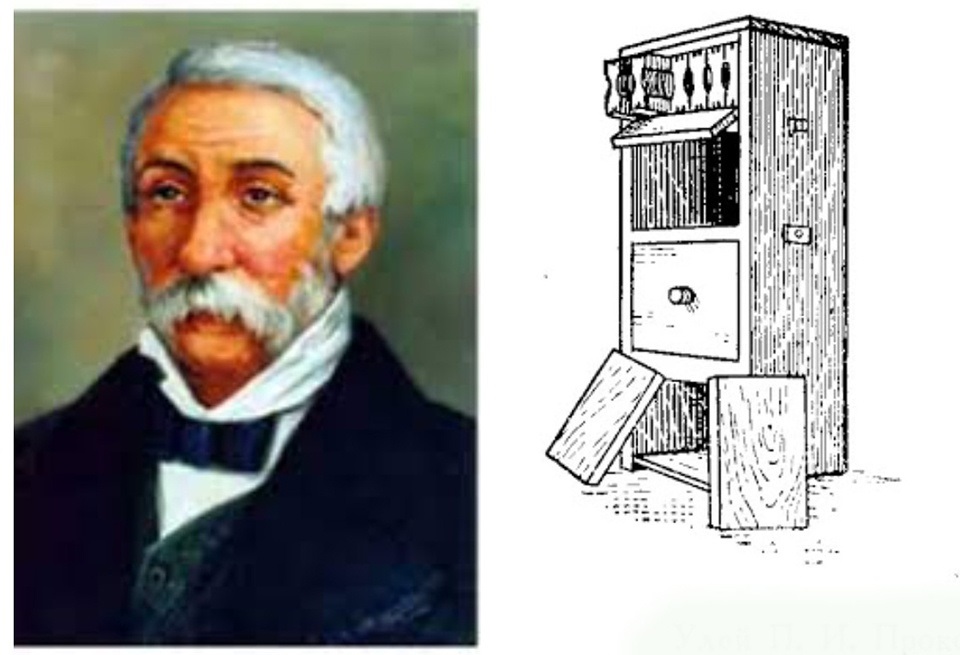
“After years of studying the biology of bee colonies and bee swarm behavior, in 1814, Petro Prokopovych constructed the world’s first frame hive. That invention allowed him to freely inspect the bee colonies and remove honey without destroying the bees. In just a couple of years, Prokopovich had around 2000 bee hives on his farm with the most effective bee colonies consisting of about 40 thousand bees. The new methods created a revolution in agriculture and made Prokopovych the first truly large-scale commercial beekeeper in the world,” – provides some more details the ‘Cradle of Civilizations‘ book.
So, Petro Prokopovych – is the one who should be thanked by so many people in so many generations.
He opened the first school of bee-keeping in the world in Ukrainian town Baturyn near Chernihiv in 1827.
His scientific work contains more than sixty articles in printed media and a fundamental work on bee-farming called ‘Reflections on Bees’
Ukrainian Institute of Beekeeping wears his name and there is a nice Prokopovich Beekeeping Museum in Kyiv ( + an American fotoblog)
You may want to read John Steinbeck’s account of his visit at Ukrainian Bee Farm in 1946 >
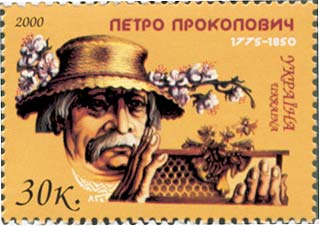
Taras Shevchenko visited Petro Prokopovych at his farm and painted the scene:
